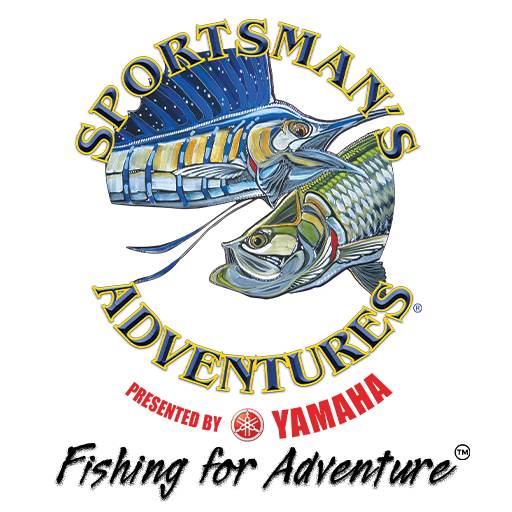TARGETING DOLPHIN IN THE SOUTHEAST
Summer Is the Time to Go Bull Riding
Any time we have an east wind in the winter or spring, it brings the dolphin in closer to shore, but as a rule, we don’t mess with them a lot in the winter months. As we get into the summer months (May though September), we run offshore looking for sign.
This time of year binoculars are our best tool onboard. The binoculars we use have a compass in them, so if we see diving birds, something floating or any activity, we can pinpoint the direction using the compass, and then start working that direction.
What we do is run out to 500 feet of water, then pull out a couple of 30-pound trolling outfits. We rig those with feathers like a Dolphin Jr. or a pink plastic squid with a weight in it, and put them back about 100 feet behind the boat.
Debris, birds, weedlines, rips—anything like that will attract dolphin, and when we find a well-established weedline, we typically head south on it. We usually don’t go much further out than 18 miles, which is about 2,000 feet of water, unless I hear a report that they’re farther out. Most of the time they’re going to be eight to 12 miles offshore. Then again, a lot of it is where you find the right floating debris or rips.
Then we do a fast troll, say 10 to 12 knots so we can cover a lot of water. We leave the clickers on the reels because a lot of the time we’re looking forward through the binoculars and won’t see the strike or even know that a fish is on.
Live Bait, Cut Bait, Bonita Strips and Chunks
Along with the feathers or artificial baits we have out, we usually have a bunch of spinning rods ready and a livewell full of live bait like pilchards or threadfins. We try not to carry a lot of larger live baits like a blue runner because a lot of the time it takes the fish a while to get them down, and anglers end up pulling the hook and bait away from the fish. Bonito strips or chunks are a really good option because they’re tough and won’t pull off easily, so if you lose the hook and miss a fish, you won’t lose your bait.
I rarely put ballyhoo out and do that kind of trolling. We have a bunch of 20-pound spinning rods rigged, and when we find the fish we cast live baits to them, or if it’s a huge school, we use cut bait or bonito strips. We use a 5/0Mustad Big Gun hook on a 60-pound Berkley Big Game leader in that Steel Blue color.
We try to get a fish hooked on the heavier trolling rod, and that’s the one we keep in the water near the boat to bring the school in closer and keep them feeding. Unless it’s a really big fish and don’t want to risk losing it. At that point, we start throwing live baits and cut bait with the spinners. If you’re fishing live bait for dolphin, you want to drop the bait back to the fish when they eat, because they don’t engulf the live baits as quickly as they do the cut bait or strips.
Tight Lines and Good Fishing,
Captain Rick Murphy
